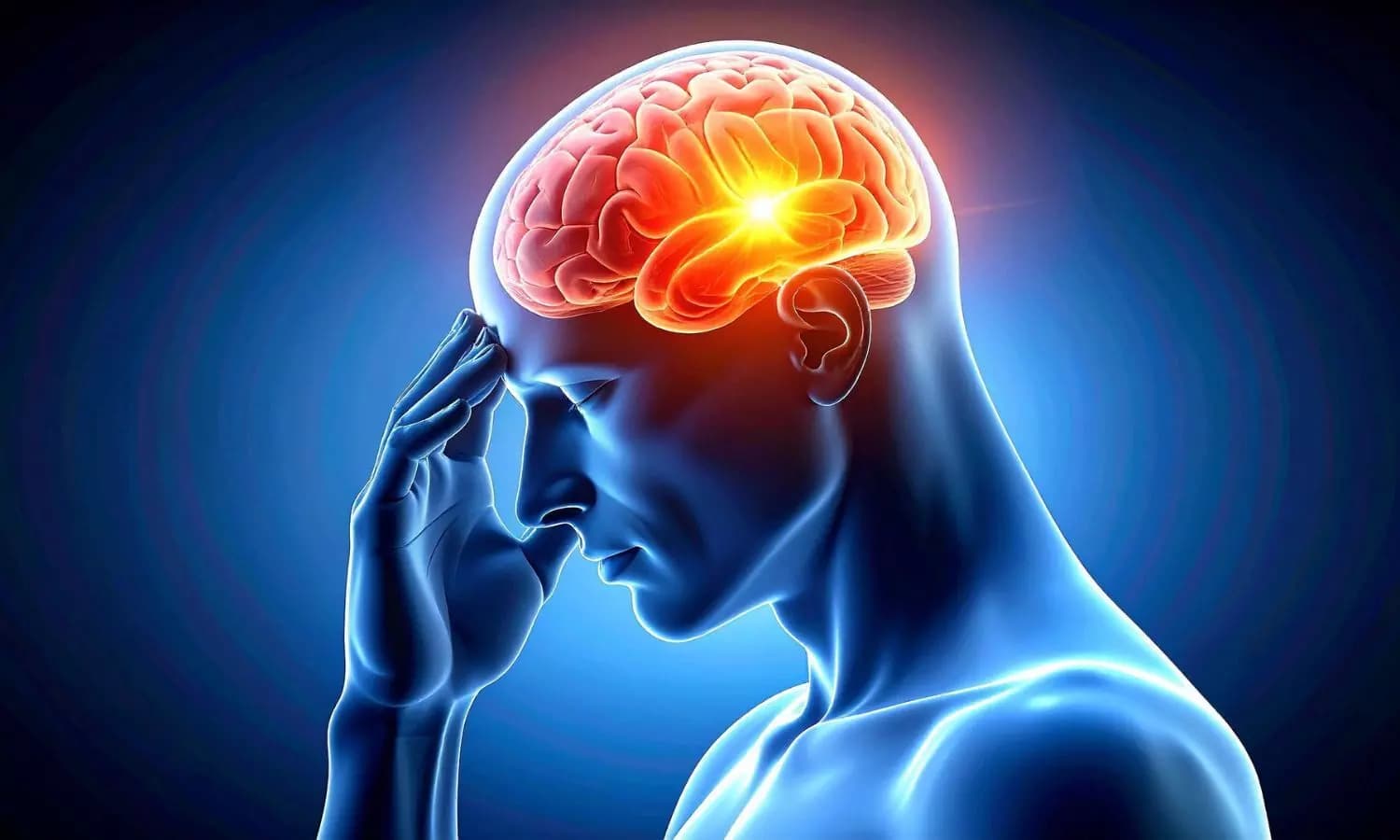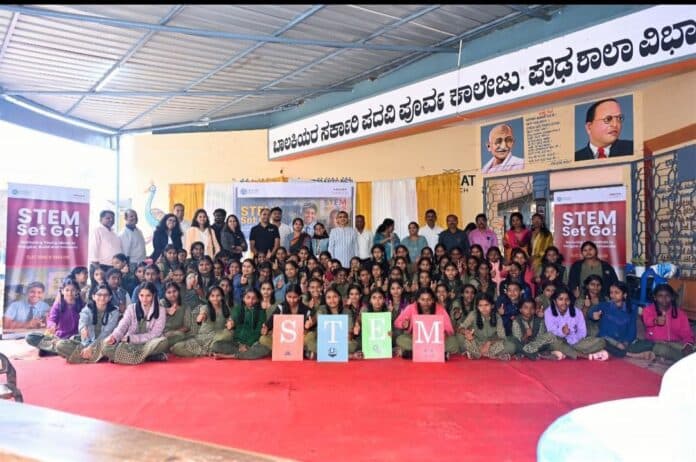PM Modi Embarks on Three-Nation Tour to Boost Ancient Ties and Expand India's Global South Role
PM Modi with Jordanian counterpart Jafar Hassan (Photo: Screengrab/DD news)NEW DELHI: Prime MinisterNarendra Modilanded in Amman, the capital of Jordan, as part of his three-nation tour, which also includes Ethiopia and Oman.Jordanian Prime Minister Jafar Hassan received PM Modi at the airport.The visit to Jordan coincides with the 75th anniversary of diplomatic ties between the two countries, a milestone expected to strengthen bilateral engagement further.PM Modi Begins Jordan, Ethiopia, Oman Tour To Boost Ancient Ties, Expand India’s Global South RolePM Modi will be in Jordan from December 15 to 16 at the invitation of King Abdullah II ibn Al Hussein, during which he will hold talks to review the full range of India-Jordan relations and discuss regional developments.He is also set to meet the Indian diaspora in the country.India and Jordan share warm and long-standing relations rooted in mutual respect and goodwill, with their first cooperation agreement signed in 1947 and full diplomatic ties established in 1950.High-level engagements in recent years have significantly strengthened bilateral ties, including the visits of King Abdullah II to India in 2018, President Pranab Mukherjee’s visit to Jordan in 2015, Prime Minister Narendra Modi’s transit visit to Amman in 2018, and National Security Adviser Ajit Doval’s visit in 2020.Regular leadership-level contacts continue to guide the partnership.Bilateral trade has expanded steadily, with India emerging as Jordan’s fourth-largest trading partner. In 2023–24, bilateral trade stood at USD 2.875 billion, with Indian exports accounting for USD 1.465 billion. Indian investments of around USD 1.5 billion, particularly in phosphates, fertilisers, textiles, and garments, form a key pillar of economic ties.Flagship joint ventures include the IFFCO-Jordan Phosphate Mines Company project and the Indo-Jordan Chemical Company. Trade and institutional mechanisms such as the Trade and Economic Joint Committee and sector-specific joint working groups support economic cooperation.India and Jordan also cooperate in health, education, skill development, science and technology, and capacity building. The India-Jordan Centre of Excellence in Information Technology, inaugurated in 2021, is a major initiative aimed at training Jordanian professionals in advanced IT fields.Educational links include scholarships under ITEC and ICCR programmes, with ITEC slots recently increased from 37 to 50 annually.People-to-people ties are reinforced by cultural exchanges, tourism cooperation, and a vibrant Indian diaspora of around 17,500 in Jordan. Cultural festivals, film collaborations, yoga events, and academic initiatives further underscore the breadth of the India-Jordan partnership.In the second leg of his tour, PM Modi will visit Ethiopia from December 16 to 17, marking his first visit to the country. He is scheduled to hold detailed talks with Ethiopian Prime Minister Abiy Ahmed Ali on all aspects of bilateral relations. Addis Ababa, the capital, is also the headquarters of the African Union.The MEA said the Ethiopia visit will reaffirm the shared commitment of both countries, as partners in the Global South, to strengthening friendship and expanding bilateral cooperation.In the final leg of his tour, PM Modi is scheduled to visit Oman from December 17 to 18 at the invitation of Sultan Haitham bin Tarik, marking his second visit to the country. The Ministry of External Affairs said India and Oman share an all-encompassing Strategic Partnership rooted in centuries-old ties of friendship, trade, and strong people-to-people connections.The visit coincides with 70 years of diplomatic relations between the two nations and follows the Sultan of Oman’s state visit to India in December 2023. Both sides are expected to conduct a comprehensive review of cooperation across areas, including trade, investment, energy, defence, security, technology, agriculture, and culture, and exchange views on regional and global issues of mutual interest.
























%3B&w=3840&q=75)
























